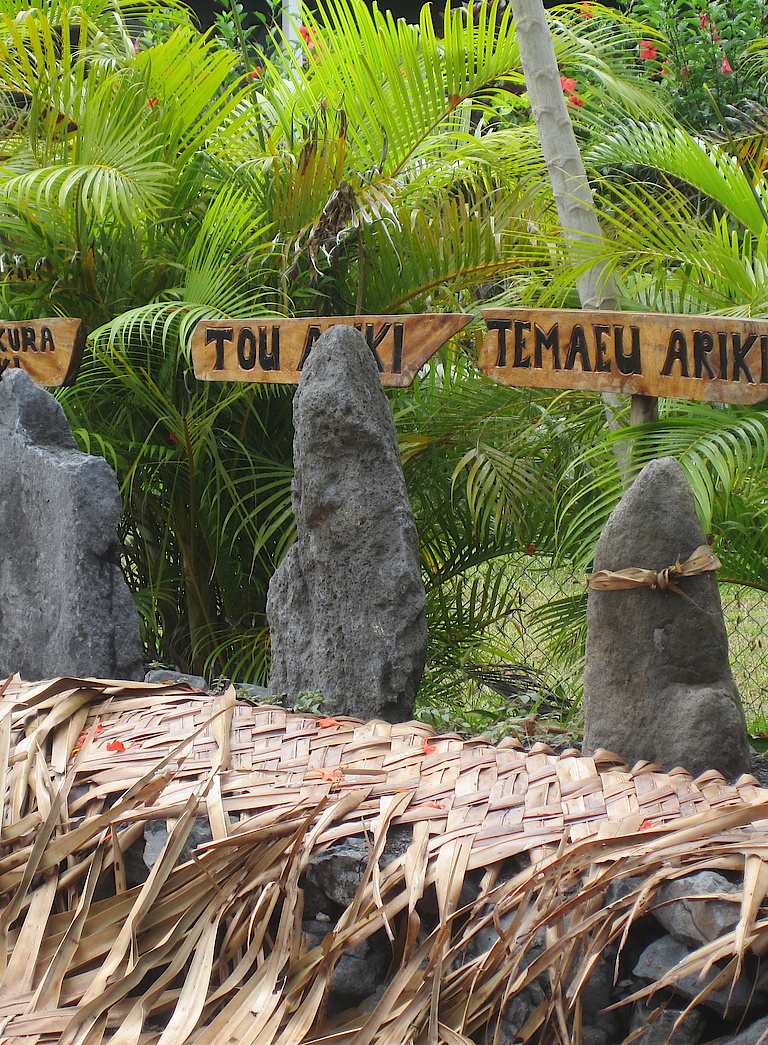Projects active
Time of intervention
Since 2011
Why the Pacific?
The Pacific region is home to the most extensive coral reef system and the highest marine diversity in the world, particularly the western Coral Triangle. The area is also characterized by high endemism and biological diversity in terrestrial species. Nevertheless, the Pacific's terrestrial and marine biodiversity is still poorly inventorized and scientifically understood.
Culturally, the region is extremely diverse with over one thousand ethnic groups and languages, concentrated in the Western Pacific. The vast majority of land and coastal areas in Pacific Island Countries and Territories (PICTs) remains under customary governance with traditional rights of use and access to land and coastal waters. Significant traditional medicinal and food-related knowledge exists and is still used by local communities and practitioners.
The growth of marine gene patents is a recent phenomenon in the Pacific - over 95% of existing claims have been filed after 2000. Nonetheless, in 2004, the global market for marine biotechnology was estimated at over USD 2.4 billion. Most of the marine genetic resources are derived from organisms sampled in territorial waters. Among chemical compounds produced by marine organisms are important cancer- and HIV-fighting agents. Some source organisms may be shared by several different exclusive economic zones (EEZs) and may disperse across international waters during their life cycles.
Several bioprospecting activities in the Pacific region have led to benefit-sharing arrangements. Most notably, the CIMTECH example has been profiled by ABS CDI and the Secretariat of the CBD. This agreement utilizes a traditional medicine for bone and wound healing, and is being researched for further medicinal or veterinary applications by CIMTECH. An agreement between CIMTECH and the House of Koutu Nui (a legally recognized Indigenous Council of Sub-district Chiefs) was established, with the Koutu Nui as shareholders in CIMTECH and listed on the patent documents filed. At the same time, the cosmetic product ‘Te Tika’ is a successful side venture of the research that has benefited local people, allowed technology transfer, and involved the Koutu Nui. The Koutu Nui are actively involved in traditional marine management activities like Raui (customary taboo restrictions) and community support activities.
Partners and Collaborators
Key implementation partner for the Pacific region is the University of New South Wales (UNSW) in Sydney, Australia, acting as regional coordinator for the ABS Capacity Development Initiative. Parallel fundingis available through a research grant from the Australian Research Council UNSW for a 5-year project seeking to identify ways to protect biodiversity-related indigenous knowledge. This project also aims to examine customary laws in Vanuatu, Cook Islands and Northern Australia regulating indigenous knowledge and biocultural diversity. The project seeks to develop and test community protocols and related tools. The expected outcomes will assist custodians and other users of Indigenous knowledge to meet their obligations under the Nagoya Protocol, thus protecting and promoting indigenous knowledge in Australia and the Pacific.
Building on the well-established partnership with the Secretariat of the Pacific Regional Environment Programme (SPREP), it was agreed in 2017 during the inception meeting of the GEF/UNEP Pacific Regional ABS Project (which is executed by SPREP) to create a Joint Regional Steering Committee (JRSC) for the Pacific with a view to facilitate coordination and synergies between the GEF/UNEP project and the ABS Initiative’s work in the region.
